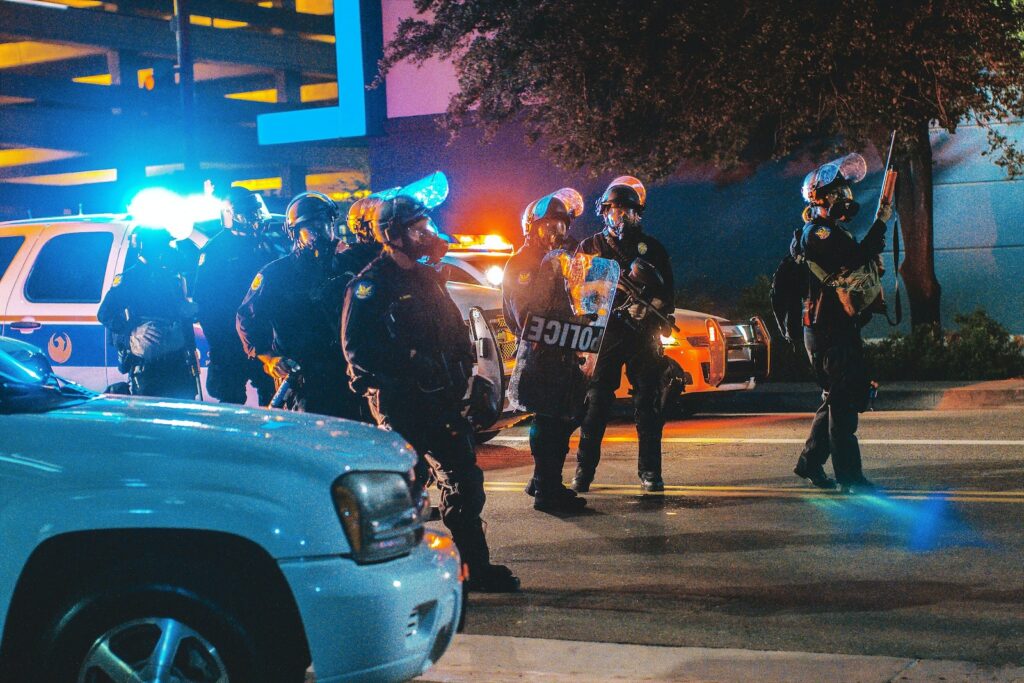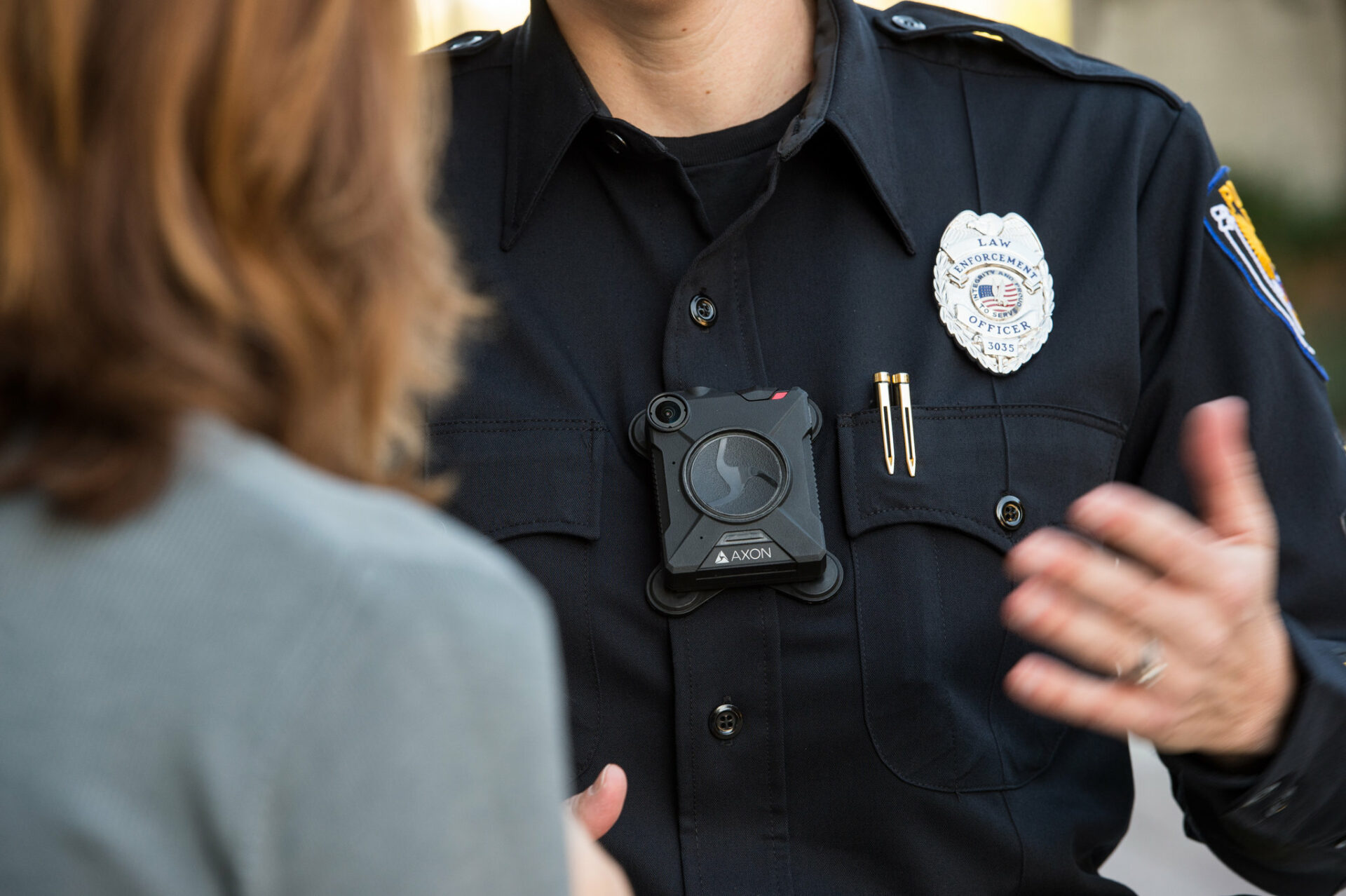The Impact of Body Cameras on Law Enforcement is a fascinating topic that explores the revolutionary changes brought about by the adoption of body cameras in policing. From enhancing accountability to improving officer training and public trust, these cameras have had a profound effect on law enforcement practices. In this analysis, we will delve into the various aspects that have been affected by this technological advancement, providing insight into the transformation and challenges faced by police departments worldwide.
Table of Contents
- The Accountability Revolution
- Improved Officer Training and Performance
- Challenges and Considerations
- The Future of Policing
- The Impact of Body Cameras on Law Enforcement
- Frequently Asked Questions
- 1. How do body cameras affect law enforcement?
- 2. What are the benefits of using body cameras in policing?
- 3. Are body cameras mandatory for all law enforcement agencies?
- 4. How do body cameras protect both officers and citizens?
- 5. What challenges have arisen with the use of body cameras?
- 6. How do body cameras affect community-police relationships?
- Wrap Up
The Accountability Revolution
Body cameras have provided a new level of transparency in law enforcement interactions, allowing for unbiased and accurate accounts of incidents. The footage captured by these cameras serves as valuable evidence in criminal investigations and helps to ensure that officers are held accountable for their actions. The impact of this newfound transparency is substantial, creating a system where both police officers and the public are aware that their actions are being recorded.
Reducing Complaints and Misconduct
An interesting fact: Studies have shown that the presence of body cameras can significantly reduce the number of complaints made against police officers.
Such complaints often involve allegations of misconduct or excessive use of force. When officers are aware that their actions are being recorded, they tend to exhibit greater professionalism, thereby reducing the likelihood of incidents that lead to complaints. This serves as a win-win situation for both law enforcement agencies and the communities they serve.
Improved Officer Training and Performance
Evidence-Based Assessments
With body cameras, law enforcement agencies have access to real-time footage that can be used for training their officers. This enables supervisors to provide targeted feedback and guidance to improve performance. By reviewing interactions captured on camera, agencies can identify areas for improvement, such as de-escalation techniques, communication skills, and adherence to protocol. Body cameras, therefore, offer a valuable tool for enhancing officer training and ensuring consistent best practices across the force.
Building Public Trust
One significant impact of body cameras is the ability to foster trust between law enforcement and the communities they serve. When members of the public can see the integrity and professionalism of officers, it helps to bridge the gap between law enforcement and the community. Body camera footage can also serve as a vital tool in addressing community concerns and dispelling any misinformation or distrust. Ultimately, this newfound trust leads to more effective policing and safer communities.
Challenges and Considerations
Privacy Concerns
While body cameras are instrumental in enhancing accountability and transparency, privacy concerns are a valid consideration. Striking a balance between the needs of law enforcement and the privacy rights of individuals involved in recorded incidents is crucial. Policies and clear guidelines on the proper use, storage, and access to body camera footage are essential to address these concerns and ensure the responsible use of this technology.
Technical Limitations
Body cameras, like any technological device, have their limitations. Factors such as battery life, video quality, and storage capacity must be taken into account. Adequate funding and support from law enforcement agencies are necessary to maintain and upgrade equipment to prevent technical issues from hindering the effectiveness of body cameras.
The Future of Policing
The fascinating aspect of body cameras is that they represent just one of many technological advancements reshaping law enforcement. As technology continues to evolve, we can expect further enhancements to body cameras, including improved battery life, real-time facial recognition, and advanced analytics. These innovations will amplify the positive impact of body cameras on policing, further revolutionizing law enforcement practices.

In conclusion, the impact of body cameras on law enforcement cannot be understated. From creating a new level of transparency and accountability to improving officer training and building public trust, these cameras have revolutionized policing. While challenges such as privacy concerns and technical limitations exist, the potential for positive change and improved community relations makes body cameras an invaluable tool for law enforcement agencies worldwide.
The Impact of Body Cameras on Law Enforcement
In recent years, the introduction of body cameras in law enforcement has revolutionized policing across the globe. This technology has had a profound effect on the way officers carry out their duties, as well as on community relations and the overall transparency of the criminal justice system. In this blog post, we will analyze the impact of body cameras on law enforcement and explore the various aspects they have affected.
A Relevant Case Study and Overcoming Challenges
One of the most notable examples of the positive impact of body cameras on law enforcement is the case of the Los Angeles Police Department (LAPD). In 2015, the LAPD embarked on a pilot program to equip their officers with body cameras, with the goal of improving transparency and accountability in their interactions with the public.
The implementation of body cameras faced several challenges, including officer resistance, concerns about privacy, and the complex logistics of storing and managing the vast amount of footage collected. However, the LAPD overcame these obstacles through proper training, clear policies, and the incorporation of community feedback.
As a result, the LAPD experienced a significant decrease in complaints against officers, as well as a reduction in the use of force incidents. The presence of body cameras not only held officers accountable for their actions but also served as a deterrent for potential misconduct, leading to improved community trust.
Additionally, body cameras provided an invaluable tool for evidence gathering. The recorded footage has been instrumental in resolving disputes, facilitating investigations, and ensuring fair and just outcomes in criminal proceedings. The added layer of transparency has instilled confidence in the legal system and has strengthened the relationship between law enforcement and the communities they serve.
The success of the LAPD’s body camera program demonstrates that the proper implementation of this technology can overcome initial challenges and provide substantial benefits for both law enforcement and the public. It serves as a model for other police agencies considering the adoption of body cameras.
In conclusion, the introduction of body cameras in law enforcement has had a profound impact on policing practices. The increased transparency, accountability, and evidence-gathering capabilities have revolutionized the criminal justice system. While challenges may arise, proper training, clear policies, and community engagement can ensure successful implementation. Body cameras have become a vital tool in modern-day law enforcement, contributing to a safer and more just society.
Frequently Asked Questions
1. How do body cameras affect law enforcement?
Body cameras have had a profound impact on law enforcement practices by providing an impartial record of interactions between officers and the public. This has led to increased transparency, accountability, and trust.
2. What are the benefits of using body cameras in policing?
Body cameras offer several benefits, including improved officer behavior, reduced use of force incidents, accurate evidence gathering, and enhanced officer training. They also serve as a deterrent to misconduct and false accusations.
3. Are body cameras mandatory for all law enforcement agencies?
While the use of body cameras has become increasingly common, it is not yet mandatory for all law enforcement agencies. The decision to implement body cameras typically lies with individual departments or is influenced by local policies and regulations.
4. How do body cameras protect both officers and citizens?
Body cameras provide a visual and audio record of interactions, which can be used as evidence when resolving disputes or investigating complaints. This protects both officers and citizens by ensuring a reliable account of events, reducing ambiguity, and promoting fairness.
5. What challenges have arisen with the use of body cameras?
Challenges associated with body cameras include concerns over privacy, storage and retention of footage, and the potential for selective video editing. Additionally, there is a need for clear policies and guidelines regarding camera activation and officer discretion in various situations.
6. How do body cameras affect community-police relationships?
Body cameras have the potential to foster better relationships between the community and law enforcement. The presence of cameras can increase trust, reduce complaints against officers, and provide a means for reviewing and improving policing practices.
Wrap Up
In conclusion, the impact of body cameras on law enforcement has been nothing short of revolutionary. These devices have transformed the way police officers carry out their duties, bringing about increased accountability, transparency, and trust between the community and the police force.
Body cameras have not only provided crucial evidence in criminal investigations but also acted as a deterrent to both police misconduct and false accusations. Furthermore, they have facilitated better officer training and evaluation, leading to improved professionalism and safer policing practices.
As we continue to witness the widespread adoption of body cameras by law enforcement agencies across the globe, it is essential to acknowledge their significance in shaping the future of policing. Have you had any personal experiences or opinions on body cameras? We invite you to share your thoughts in the comments section below and join the conversation about this impactful technological advancement in law enforcement.

